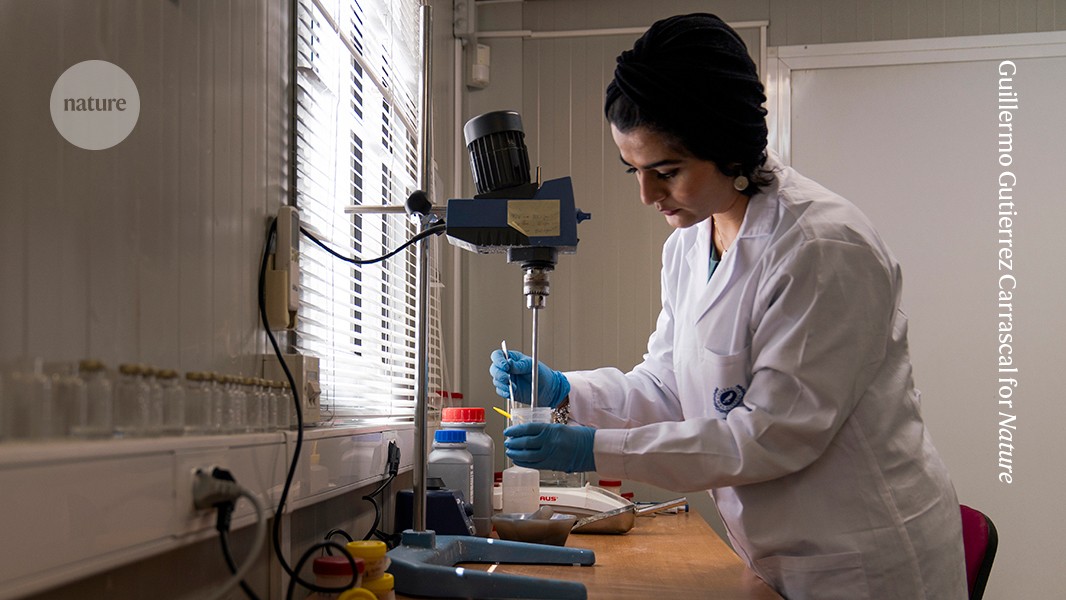“When I was a master’s student at Amirkabir University of Technology in Tehran, I learnt how to use different types of radiation to study minerals. I focused on how liquid flows through rocks, to better inform oil and gas operations. I thought there should be a way to create microscale images to study the porosity of these samples, using X-rays.
We do not have a synchrotron in Iran, a device that would allow me to test my ideas. So I wrote a proposal to use the European Synchrotron Radiation Facility (ESRF) in Grenoble, France. Miguel Aranda, then the chair of the ESRF Council and a member of the selection committee, liked my proposal. He was interested in using the technique to study cement, and became my PhD adviser in 2019, when I moved to work with him on that project at the University of Malaga in Spain.
The world makes four billion tonnes of Portland cement, the main ingredient of concrete, every year. This has an enormous carbon footprint — up to 8% of humanity’s yearly production of CO2 comes from this process.
At the moment, low-carbon alternatives aren’t as durable as Portland cement, which hardens fast and strong. The goal of my PhD is to determine how this cement forms so that we might be able to develop materials with a lower carbon footprint.
In this image, I’m making a paste of water and cement powder. We put a tiny sample of this mixture into the synchrotron. This provides us with an unprecedented look, at the nanoscale, at how Portland cement hardens as it dries — faster than do low-carbon alternatives.
And the technique does so without altering the sample, which would happen with other methods. By looking at this scale, we can gain a much deeper understanding of cement’s strength.”
This interview has been edited for length and clarity.



More News
The Amazon’s gargantuan gardeners: manatees
Publisher Correction: Single-crystalline metal-oxide dielectrics for top-gate 2D transistors – Nature
The baseless stat that could be harming Indigenous conservation efforts